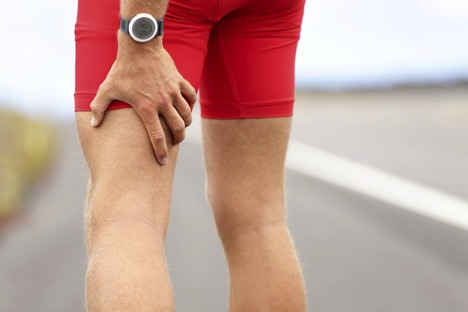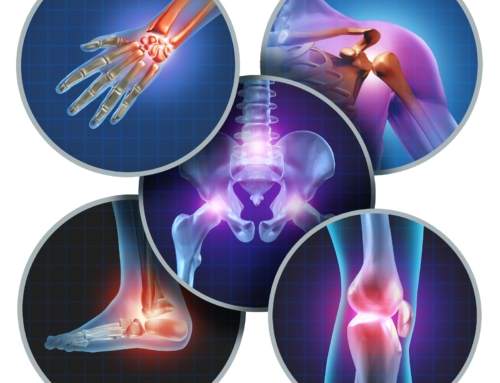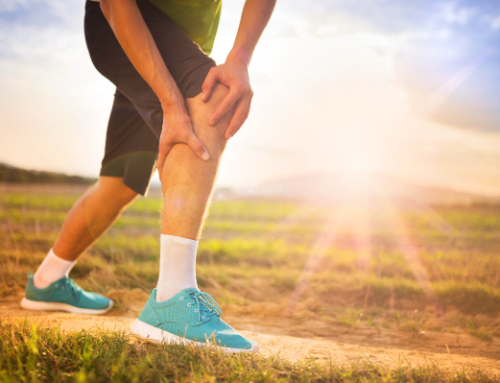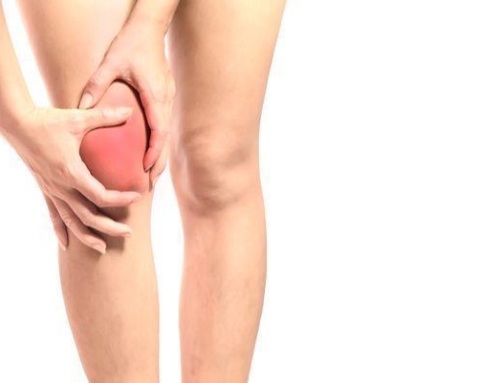Image via Pexels
Immediately Reduce Swelling Following a Knee Injury
Knee injuries are never fun and can come at the most inopportune time. First comes the pain, then the concern of what just happened and finally the swelling. However, quick treatment can help optimize recovery. It is important to know the right steps to take to reduce swelling after a knee injury. If you follow the universal method known as RICE, it can quickly reduce swelling and get you on your road to recovery. Also, make sure to follow up with a medical professional as soon as possible to determine the exact cause or your pain and swelling!
1. Rest
Immediately after sustaining a knee injury, find somewhere to lie down and rest the knee. If weight bearing on the leg causes pain, avoid doing so thereafter until a medical professional has evaluated the knee to rule out a fracture or ligament tear. You want to avoid doing more damage, so rest is vital to a full recovery and reduction of swelling.
2. Ice
Next, you will want to apply ice to the affected knee. Ice should be applied in twenty minute increments, every hour or so. Ice is great for reducing swelling because it reduces blood flow to the area. Be sure to wrap the ice pack in a towel to avoid skin damage from the freezing cold temperatures. As an added bonus, ice is effective at reducing nerve activity in the applied area, therefore it can help reduce pain following a knee injury.
3. Compression
Wrapping the knee with an ace bandage or some sort of elastic wrap following a knee injury is incredibly important in reducing swelling. It is important to wrap the knee firmly, but not tight as to cut off circulation. If the area begins to feel cold, numb, or tingles, then it is too tight! Compression is an excellent tool for getting the swelling to safely go down and reduce pain.
4. Elevation
Elevation is the last step in reducing swelling after a knee injury. It works the same way as the other methods, as it reduces blood flow to the knee to help the swelling subside. Elevation is easy for a knee injury. Simply lie down on a couch or bed and prop some pillows or books up to rest your foot on. You can also lie on the floor with your legs up vertically against the wall. Your legs should be at least a 45-degree angle above your hips to allow for swelling reduction. This also allows you to rest and get some stress off of your joints.
See an Orthopaedist As Soon As Possible
Knee injuries can range from cuts and bruises, to surgical ligament reconstruction. Varying degrees of injuries require different long-term treatments but initially are all treated equally with the RICE method. Obtaining a proper diagnosis is as important as the initial treatment. An orthopaedist will be able to determine exactly what knee injury was sustained and the best course of treatment. Dr. Chams is a leading expert in the field of sports medicine and orthopedic surgery in Illinois. Dr. Chams has over 20 years of experience treating knee injuries. Contact Dr. Chams today for advice and treatment for your injury in Illinois.






